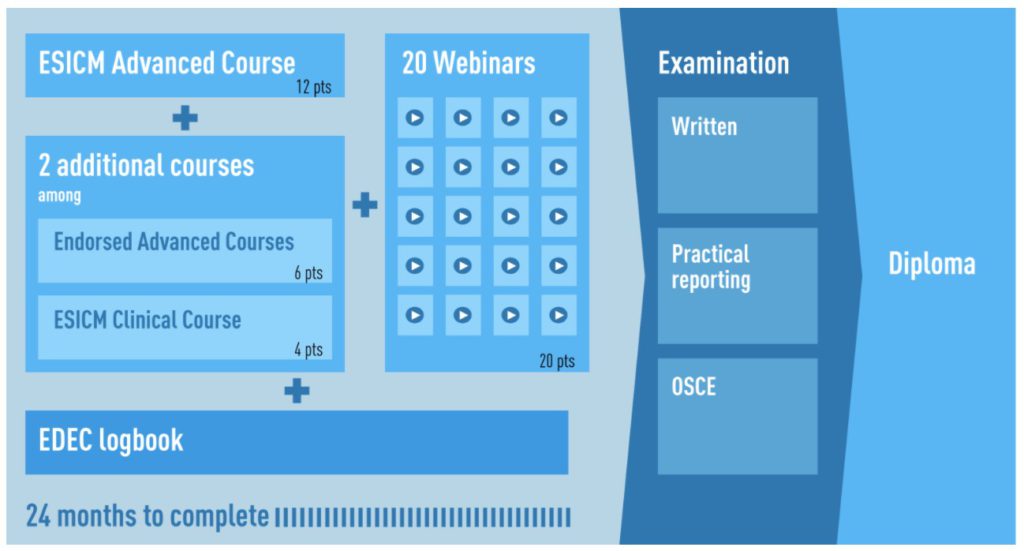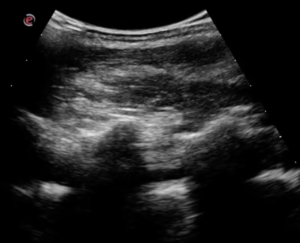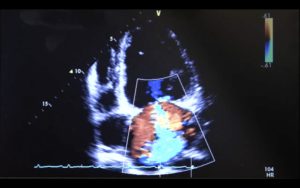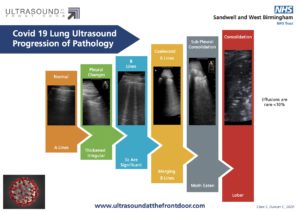Back to accreditation.
EDEC is an accreditation pathway run by the European Society of Intensive Care Medicine and is designed for Intensivists regularly performing echo on critical care.
It has gained in popularity for clinicians seeking a middle ground between FICE and BSE Adult Critical Care Echo due to reduced logbook requirements.
The accreditation covers both TTE and TOE studies as they are deemed to be complementary. The level of scan expected is similar to that of a BSE accreditation and therefore there is a significant learning curve expected if progressing from FICE. My notes for critical care echo can be found here. Reporting requirements, including a rough guide to curriculum, are linked here: TTE & TOE.
The completion requirements are slightly more complex than other accreditation pathways due to the fact that this is a diploma.
The initial stage is to register with the EDEC programme. It is an expensive accreditation – €750 for ESICM members and €1150 for non-ESICM members. To enter you must be a ‘recognised Intensivist’ and have undertaken a basic echo course in the past 2 years. It also mandates that you have already identified a supervisor/mentor. The list of these can be found here.
Next step is to attend an advanced echo course. If progressing from FICE this will be required to learn and understand the difference in requirements. A list of recognised courses can be found on the EDEC website. Registration payment also includes access to the online logbook and the compulsory advanced course at ESICM annual congress which should be attended within 12 months of the first scan and provides 12 points to the overall 40 point theory requirement. Access to webinars and e-learning modules are also included and contribute to the total points.

The candidate has a total of 24 months to complete the logbook. After 30 TTE and 10 TOE the theory exam may be attempted. It may be taken at any time in the 24 month period. The theory exam consists of 50 theory MCQ questions and 10 video reporting case studies with 30 associated questions. The exam is run on iPads with access to a calculator.
The final examination stage is a practical exam where the 6 TOE planes with 5-6 additional 6 additional points have to be performed on a mannequin. The examiner will expect the candidate to describe the anatomy and purpose of each view.
The logbook must be completed in a 24 month period. It should contain a minimum of 100 TTE and 35 TOE cases. No more than 20% of each category should be normal studies.
After completion, the certification is granted for a limited period of time with the expectation for re-accreditation. There is no clear guidance on how long this accreditation will last or the re-accreditation requirements on the EDEC website.
This pathway is complex and requires dedication. It will gain in popularity due to the reduced logbook requirements and interest in delivering more advanced critical care echocardiography. Many do not have sufficient time to complete 250 formal echos within a two year period within the critical care environment – a feat which is challenging even for cardiologists with weekly dedicated outpatient clinics.





Thanks a lot for info! Is it ok to attend two live clinical course (4+4 points) without attending any endorsed echo course?
This is something that should be checked with the EDEC administration team at education@esicm.org. Although the clinical courses are 2 fewer points than the endorsed course (4 vs 6) this should still theoretically equate to enough points.